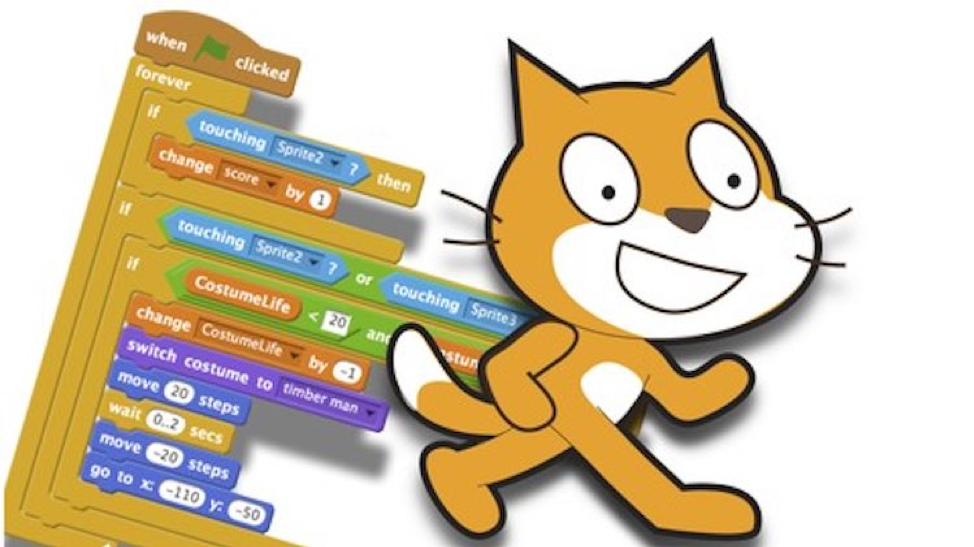Programming in Scratch felt like putting together colorful building blocks. It was simpler once you got the hang of it and visual, and the code ran instantly without needing to be compiled. After learning about compiled, interpreted, assembly, and query languages in Section 10.1 of the Test Out textbook, I realized that Scratch is most like an interpreted language because you can immediately see your results. Information from the article, titled Coding from 1849 to 2022: A Guide to the Timeline of Programming Languages, shows how programming languages have changed, moving from fundamental machine code to the more user-friendly languages used today. Out of all the types, I found interpreted languages (like Python) the easiest to use because they are forgiving and quick to test. Each type of programming language is used for different needs: compiled languages are used for building fast and complex programs, assembly language is used for giving direct instructions to hardware, and query languages like SQL are used to search and manage data in databases. Understanding the evolution of programming languages from early machine codes to modern high-level languages provides valuable context for their current applications. Attached is my shared URL scratch program. https://scratch.mit.edu/projects/1165519959/editor
References
Hierso, S. (2024). IEEE Computer Society. Coding From 1849 to 2022: a Guide to The Timeline of Programming Languages. https://www.computer.org/publications/tech-news/insider- membership-news/timeline-of-programming-languages
Paliwal, M. (2019). JETIR. An Overview on the Study of Programming Languages.

No comments:
Post a Comment